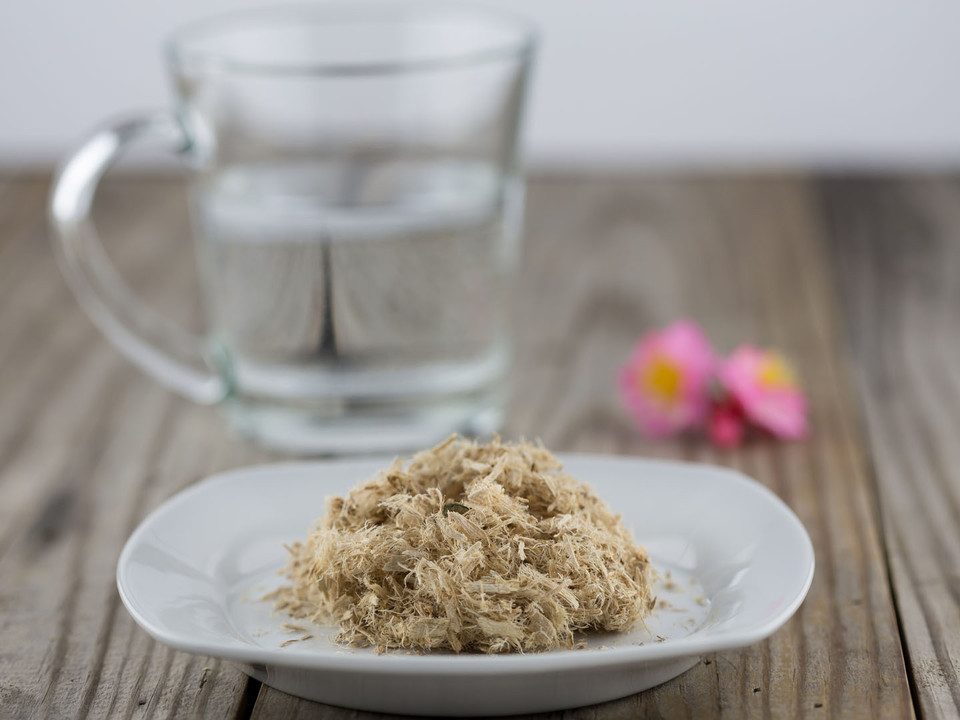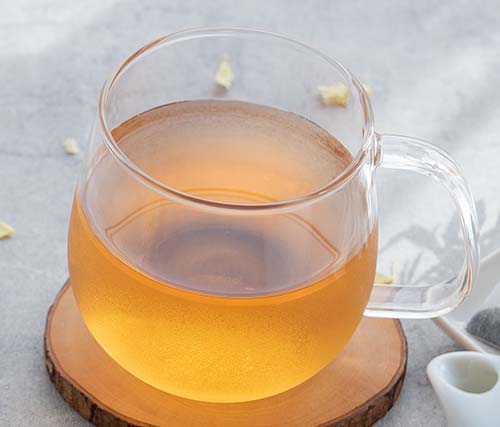Exploring Slippery Elm Bark Health Benefits: A Comprehensive Guide
Table of Contents
- Introduction to Slippery Elm Bark
- Historical Use of Slippery Elm Bark
- Nutritional Composition
- Digestive Health Benefits
- 4.1 Soothes Irritation
- 4.2 Alleviates Digestive Issues
- Sore Throat Relief
- Skin Health
- 6.1 Eczema and Psoriasis
- 6.2 Wound Healing
- Respiratory Health
- 7.1 Cough and Bronchitis
- 7.2 Asthma
- Weight Management
- How to Use Slippery Elm Bark
- 9.1 Tea Infusion
- 9.2 Capsules and Supplements
- Potential Side Effects and Precautions
- Choosing and Storing Slippery Elm Bark
- FAQs
- Conclusion
Slippery elm bark, derived from the inner bark of the slippery elm tree (Ulmus rubra), has been utilized for centuries for its various health benefits. Rich in mucilage, a gel-like substance, slippery elm bark offers soothing and healing properties, making it a popular choice in traditional medicine. In this article, we delve into the numerous health benefits associated with slippery elm bark.
1. Introduction to Slippery Elm Bark
Slippery elm bark has a long history of medicinal use among Native American tribes. The inner bark, when mixed with water, forms a mucilaginous substance that coats and soothes various parts of the body, particularly the digestive tract and throat.
2. Historical Use of Slippery Elm Bark
Native American tribes such as the Cherokee and Iroquois used slippery elm bark to treat wounds, ulcers, and skin conditions. It was also consumed as a nutritious porridge during times of scarcity.
3. Nutritional Composition
It contains various nutrients, including antioxidants, vitamins, and minerals, which contribute to its health-promoting properties.
4. Digestive Health Benefits
4.1 Soothes Irritation
The mucilage in it forms a protective layer over the digestive tract, soothing irritation caused by conditions such as gastritis and acid reflux.
4.2 Alleviates Digestive Issues
It is known to relieve symptoms of digestive disorders like diarrhea, constipation, and irritable bowel syndrome (IBS) by promoting healthy bowel movements and reducing inflammation.
5. Sore Throat Relief
The demulcent properties of it make it an effective remedy for sore throats, coughs, and other respiratory ailments. It coats the throat, reducing irritation and promoting healing.
6. Skin Health
6.1 Eczema and Psoriasis
Topical application of slippery elm bark can alleviate symptoms of skin conditions like eczema and psoriasis, thanks to its anti-inflammatory and moisturizing effects.
6.2 Wound Healing
It promotes wound healing by forming a protective barrier over the skin and stimulating tissue regeneration.
7. Respiratory Health
7.1 Cough and Bronchitis
Slippery elm bark is commonly used to relieve cough and bronchitis symptoms by reducing inflammation in the respiratory tract and loosening mucus.
7.2 Asthma
While not a replacement for standard asthma treatments, it may help manage symptoms by reducing airway inflammation and improving lung function.
8. Weight Management
The fiber content of it may aid in weight management by promoting feelings of fullness and regulating appetite.
9. How to Use Slippery Elm Bark
9.1 Tea Infusion
Steep slippery elm bark powder in hot water to make a soothing tea that can be consumed for digestive or respiratory relief.
9.2 Capsules and Supplements
The supplements are available in capsule form for convenient consumption, especially for those who prefer not to drink the tea.
10. Potential Side Effects and Precautions
While generally considered safe, it may cause allergic reactions in some individuals. It's advisable to consult a healthcare professional before using it, especially during pregnancy or while breastfeeding.
11. Choosing and Storing Slippery Elm Bark
When purchasing it, opt for reputable brands to ensure quality and potency. Store it in a cool, dry place away from direct sunlight to maintain its freshness and efficacy.
12. FAQs
- Can slippery elm bark be used for children? While slippery elm bark is generally safe for adults, it's best to consult a pediatrician before giving it to children.
- Is it safe for pregnant women? Pregnant women should consult their healthcare provider before using it, as its safety during pregnancy hasn't been extensively studied.
- How quickly does it work for digestive issues? The effects of it may vary from person to person, but many individuals experience relief within a few hours of consumption.
- Can slippery elm bark be used for pets? Slippery elm bark may offer digestive support for pets, but it's essential to consult a veterinarian before administering it to ensure proper dosage and safety.
- Are there any drug interactions with it? While rare, it may interact with certain medications. It's advisable to consult a healthcare professional if you're taking prescription drugs.
13. Conclusion
It is a versatile herbal remedy with numerous health benefits, ranging from digestive and respiratory relief to skin healing and weight management. Whether consumed as a tea or in supplement form, it offers a natural and gentle approach to supporting overall well-being.
DISCLAIMER
This blog has not been approved by your local health department and is not intended to provide diagnosis, treatment, or medical advice. The content provided on this blog is for informational purposes only. Please consult with a physician or other healthcare professional regarding any medical or health-related diagnosis or treatment options. Information on this blog should not be considered as a substitute for advice from a healthcare professional. The claims made about specific products throughout this blog are not approved to diagnose, treat, cure, or prevent disease.
Explore Popular Articles
-
Sidr Leaves Powder for Skin Care
11th Dec 2025Introduction In today’s world, more people are turning to natural skincare solutions, seeking gentle
-
Top Benefits of Pumpkin Seeds You should know
9th Dec 2025Introduction to Pumpkin Seeds Pumpkin seeds may look small, but don’t let their size fool you—they’r
-
Why Black Seed Bitters Are Considered a Natural Detox Powerhouse
4th Dec 2025Introduction to Black Seed Bitters Black Seed Bitters have become one of the most talked-about herba





